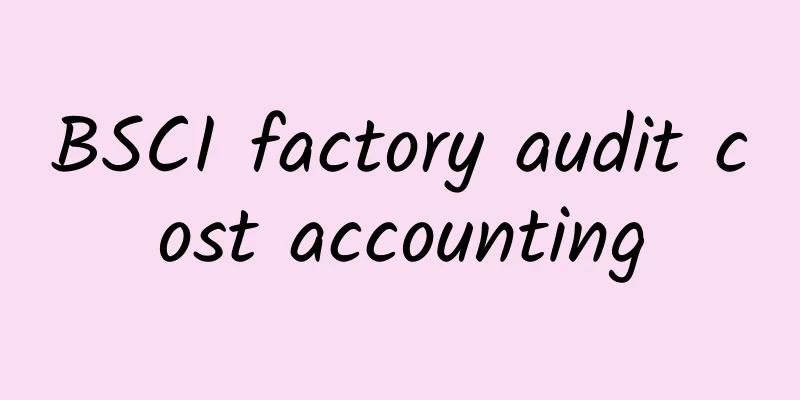|
Cost Accounting refers to the accounting of all production costs in order to obtain the total cost and unit cost of the product.
1. The meaning of cost Cost is a product of commodity economy, an economic category in commodity economy, and a major component of commodity value.
The content of cost is often subject to the needs of management. In addition, due to the different contents of economic activities, the meaning of cost is also different. With the development of social economy and the improvement of enterprise management requirements, the concept and connotation of cost are constantly developing and changing, and the range of cost that people can feel is gradually expanding.
Different economic environments and different industry characteristics have different understandings of the connotation of cost. However, the economic content of cost can be summarized into two points in common: First, the formation of cost is based on a certain goal. The goal can be a tangible product or an intangible product, such as a new technology or a new process; it can also be a certain service, such as the service goal of education and health systems. Second, cost is the expenditure incurred to achieve a certain goal. Expenditure without a goal is a loss and cannot be called cost.
2. Cost and expense Cost and expense are a group of concepts that are closely related but also have certain differences. Correctly distinguishing between cost and expense is an important prerequisite for cost accounting.
Cost refers to the price of producing a product, completing a project, or doing something, that is, the total amount of expenditure incurred, which is an objectified expense. Expenses refer to the consumption of assets owned or controlled by an enterprise in the process of obtaining current income, and are the costs matched with income during the accounting period. Cost represents the sacrifice of economic resources, and expenses are the costs incurred during the accounting period to obtain income.
Cost accounting focuses on costs rather than expenses.
3. Unconsumed costs and expended costs In financial accounting, costs are divided into two categories: unconsumed costs and expended costs.
Unconsumed costs refer to expenditures that can generate income in future accounting periods. Such costs are listed as asset items on the balance sheet, such as equipment, inventory and accounts receivable. Consumed costs refer to expenditures that have been consumed in the current accounting period and will not generate income in future accounting periods. Such costs can be divided into expenses and losses. The former are listed as deductions from current income on the income statement, such as the production costs of products sold and various period expenses, while the latter are listed as non-operating expenses on the income statement because there is no corresponding benefit, such as losses caused by natural disasters such as fire and flood.
4. Expenditure cost and opportunity cost Expenditure cost and opportunity cost are the two main types of costs.
Expenditure costs are past, present or future cash outflows. Opportunity costs are the benefits of a suboptimal solution that are foregone because the optimal solution is chosen. The characteristic of the accounting system is that expenditure costs are recorded but opportunity costs are not. However, in order to ensure that the decisions made are optimal, managers should consider opportunity costs when making decisions.
5. Cost Accounting Information Cost accounting is a mixture of financial accounting and management accounting. It is an accounting method that calculates and provides cost information.
Financial accounting must carry out asset valuation and income determination based on the relevant information provided by cost accounting, and the cost formation, collection and transfer procedures must also be included in the overall financial accounting framework based on double-entry bookkeeping. Therefore, cost data is often used by external information users of the enterprise to evaluate the performance of the enterprise management and make investment decisions accordingly. Similarly, the cost data provided by cost accounting is often used by the enterprise management as a basis for decision-making or for performance evaluation of internal managers of the enterprise.
6. New economic environment and cost accounting The new economic environment poses challenges to cost accounting, which are mainly manifested in the following aspects.
1. Intensified global competition;
2. Changes in industrial structure;
3. Improvement of production environment;
4. The emergence of just-in-time production systems;
5. Requirements for total quality management;
6. Application of activity-based costing. |










